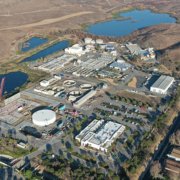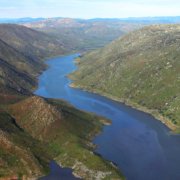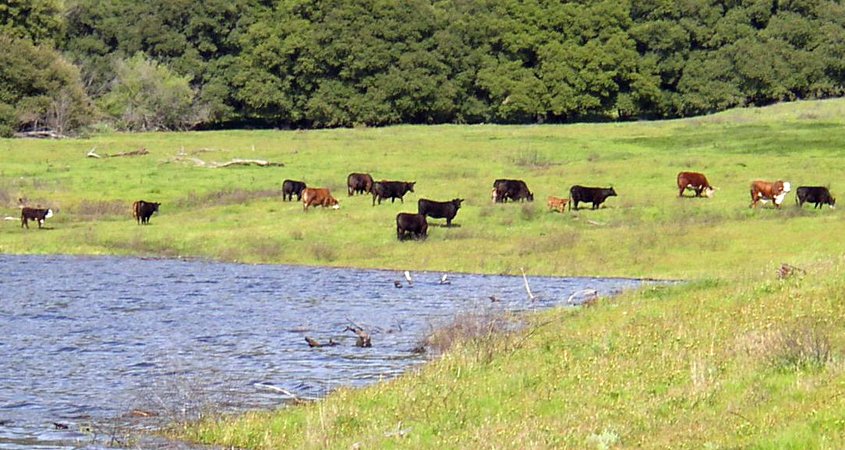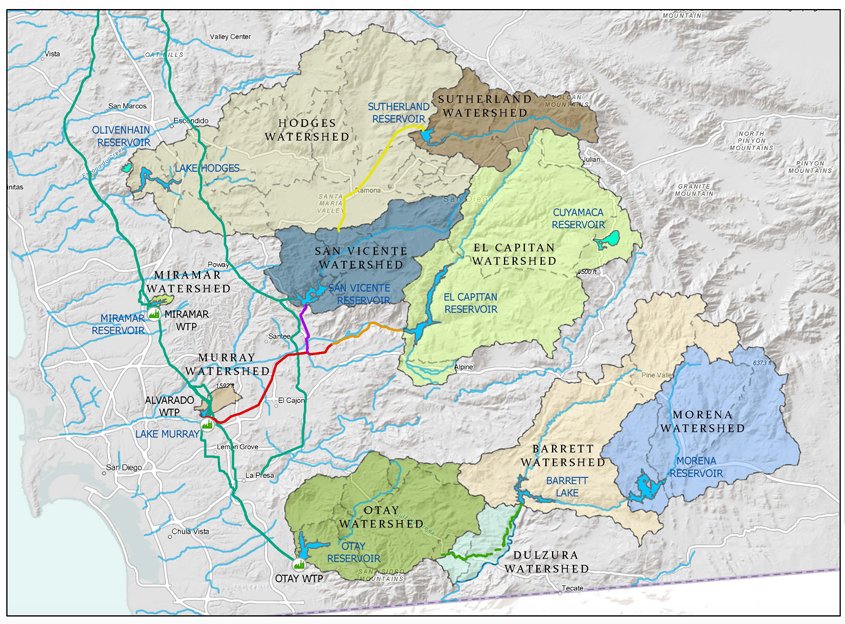SD Sustainable Building Week Features Water Reuse Projects
Representatives from three potable reuse projects under development in San Diego County will provide project updates during the inaugural “Sustainable Building Week San Diego” at 11 a.m. on Tuesday, April 13.
Hosted by the San Diego Green Building Council, Sustainable Building Week offers free virtual events from April 12 – 16 addressing sustainable practices and creating collaboration and networks among San Diego professionals involved with environmental stewardship and green building. All events are free and open to the public.
Sustainable Building Week and potable reuse
The San Diego County Water Authority hosts and moderates a panel titled “Potable Reuse: New Local Sources of High-Quality Drinking Water for San Diego County.” Potable reuse will provide a new source of safe, high-quality drinking water in San Diego County. Projects will create a local supply that is sustainable, drought-resilient, and benefits the environment. Additional sources of local water supply will also help prepare the region for future droughts and a changing climate.
Financially competitive and environmentally responsible
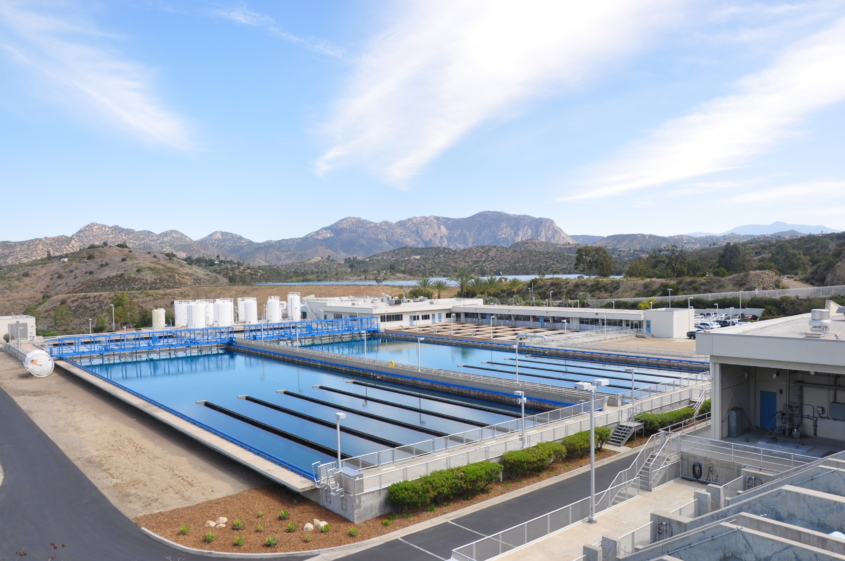
Purified water from the East County Advanced Water Purification Project will undergo additional processing at Helix Water District’s R.M. Levy Water Treatment Plant after being be piped into the district’s Lake Jennings reservoir. Photo: Helix Water District
Attendees to the free virtual presentation will hear the latest updates on three San Diego County potable reuse projects currently under development. The presenters will describe how the potable reuse process purifies recycled water; reduces reliance on imported water; and is financially competitive and environmentally responsible.
Panelists include:
Cari Dale, Water Utilities Director, City of Oceanside, has been working towards meeting the Oceanside City Council’s goal of 50% local water supply development by the year 2030, a goal which will be achieved in part by the implementation of Pure Water Oceanside.
John Stufflebean, Assistant Director, Water Utilities Department, City of San Diego, currently the Assistant Director for the Pure Water and Technical Services Branch. Pure Water San Diego is the $5 billion project designed to generate nearly one-half of San Diego’s water demand from purified wastewater.
Kyle Swanson, Director of Advanced Water Purification, Padre Dam Municipal Water District, provides leadership and guidance in the design and implementation of the East County Advanced Water Purification Project. He has over 20 years of experience in water-related industries and is a licensed distribution and treatment operator and certified public manager.
Moderating the program is Lesley Dobalian, Principal Water Resources Specialist for the San Diego County Water Authority.
Registration to attend the program is free. Attendees can RSVP and receive a link for the presentation on the SDGBC Sustainable Building Week website.

